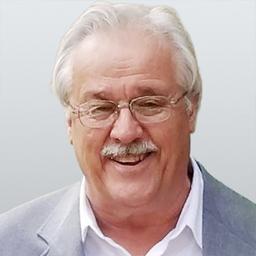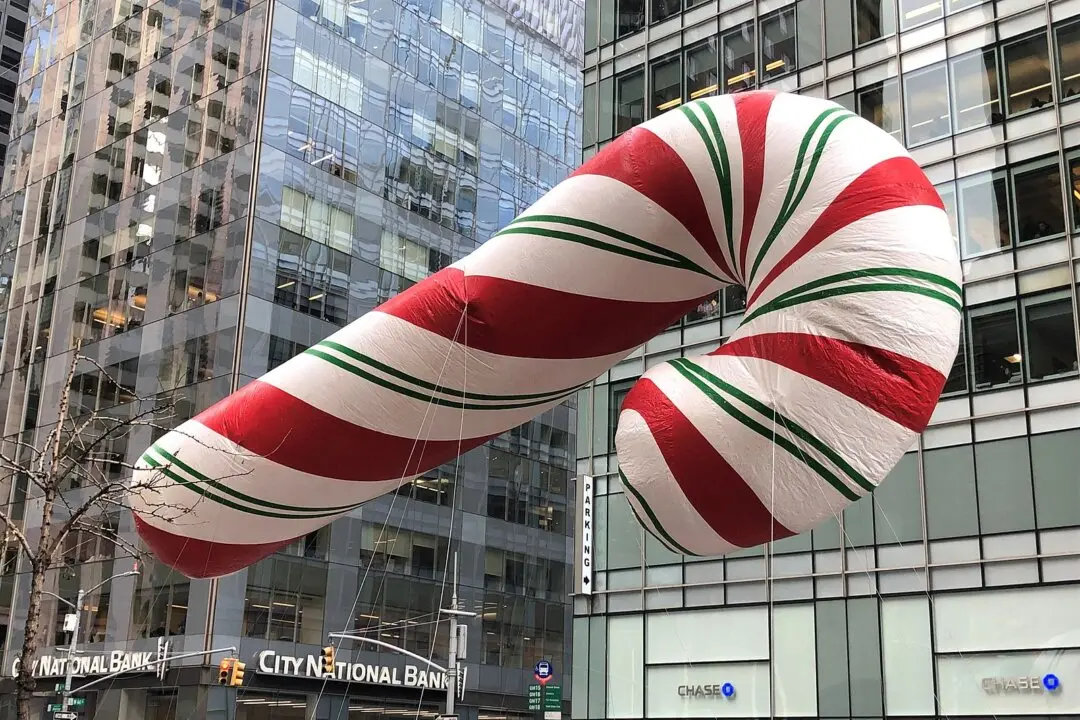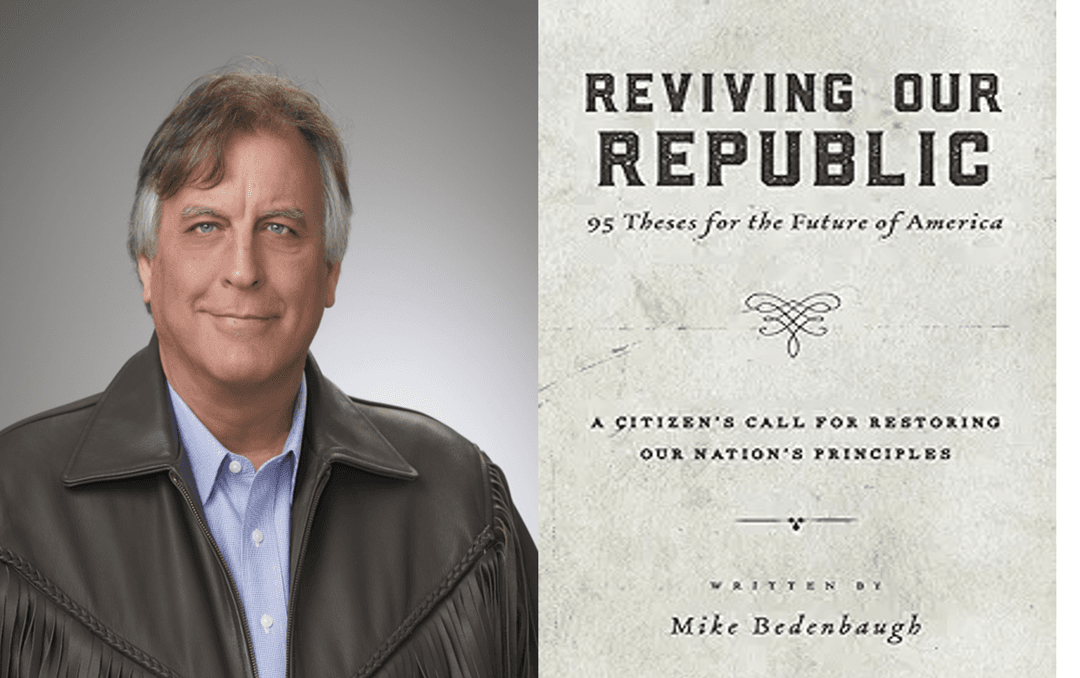Kentucky gave the country Colonel Harlan Sanders of Kentucky Fried Chicken fame, but Indiana bequeathed the USA “Kernel” Orville Redenbacher.
Indiana agriculturist and popcorn entrepreneur Orville Redenbacher lived and breathed popcorn. No name today is more closely associated with the fluffy white snack than Orville Redenbacher’s. During his lifetime, he revolutionized the corn kernel, the popcorn industry, and he still reigns as The King of Popcorn more than 25 years after his death.






